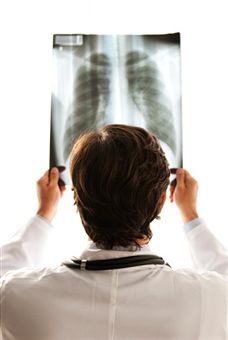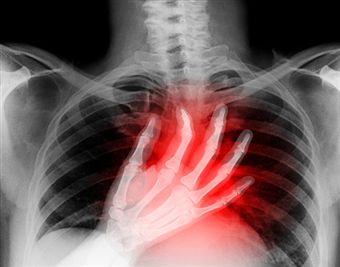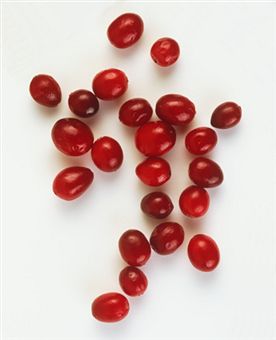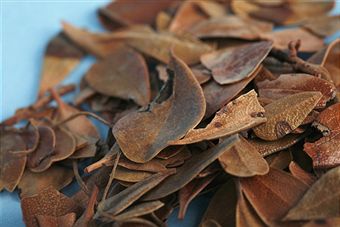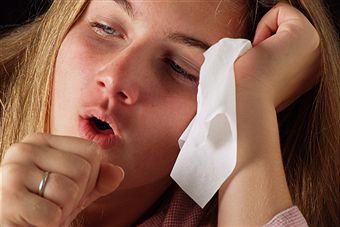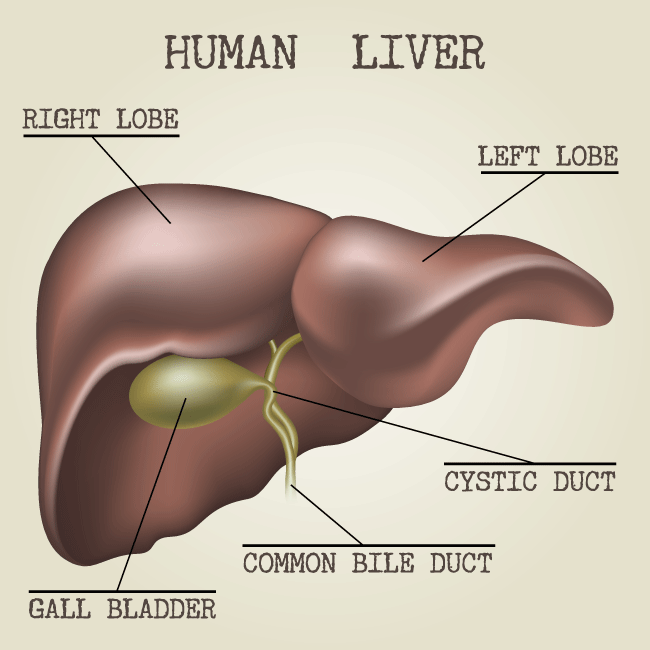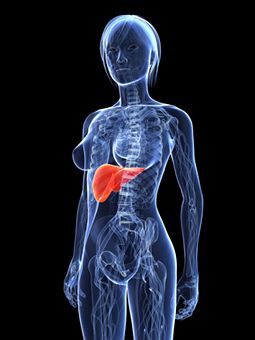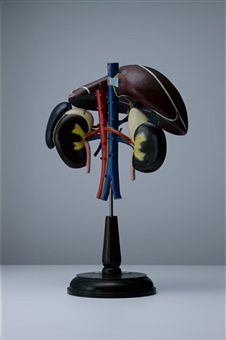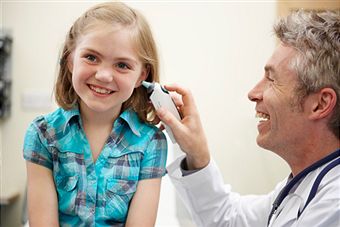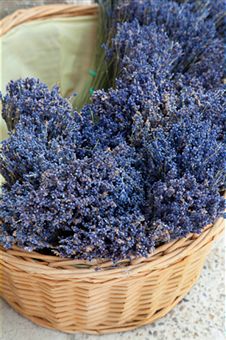The Mayo Clinic defines the natural chemical melatonin as being “a hormone produced in the brain by the pineal gland from the amino acid tryptophan.” This is an accurate statement, however, melatonin is much more than that one sentence would lead one to believe. Melatonin is produced not just in the brain, but in many areas of the body, and serves many necessary functions.
Though its association with the brain chemical tryptophan may suggest a primary role in sleep and feelings of drowsiness, there is much more to this naturally occurring chemical than making us feel the need for a nap after a large meal.
Melatonin is a naturally occurring hormone, produced by humans and other mammals, but it is also found in microbes and plants. A light-sensitive hormone, natural melatonin production in most cases is stimulated by darkness.

Synthetic melatonin is regarded as a legal substance in the United States and much of Canada, popular drug information source, Erowid, lists melatonin as being available by prescription in Norway, Finland and Australia.
Melatonin as an Antioxidant
Melatonin is also defined as an antioxidant, and is thought by some in the medical field to possess powerful protective qualities and benefits to the immune system. Melatonin has been widely studied in both human and animal trials to see what effects the compound may have on various medical conditions.
The quality, length and significance of these trials and studies varies greatly, and most medical professionals and academics agree that more research is needed to fully understand what benefits or risks melatonin may hold. In some cases, the effects of melatonin were studied for a period of only several days to a week, and this is not enough time to get a broad range of accurate and significant results from participants.
Melatonin is not classified by the Food and Drug Administration as a prescription drug, and so it is most commonly sold simply as an over-the-counter health supplement.
It is important to note that herbal health supplements, vitamins and non-prescription synthetic hormones that can be purchased in the grocery store, online or at a retail health food outlet are not typically regulated by the Food and Drug Administration. This will be changing slightly in the near future, as new requirements are set in place for supplements, however, “buyer beware” is still a good phrase to operate under.
Non FDA Regulated
Because melatonin is not an FDA-regulated drug, there is no way to know for certain what is in any given supplement preparation, or how much of the advertised active ingredient is really being administered with each dose. Inactive ingredients in supplements, often referred to as “filler” ingredients, are often not listed on the label at all.
Especially in those patients who are under a physician’s care for serious medical conditions, taking prescription medications or undergoing any sort of medical treatment, the use of unspecified ingredients of any kind is not typically recommended.
Health supplements sold over-the-counter should generally be used only by healthy adults who bear a full understanding of the consumer’s risk, and with the advice of a physician. Those taking melatonin and other supplements should also be aware of the lack of conclusive evidence of any true medical benefits or proven ability to cure any disease as recognized by the FDA.
In June 2010, the Food and Drug Administration will be introducing new requirements on health supplements, but this measure will still not include the same oversight and scrutiny that pharmaceutical drugs receive.
Melatonin: Possible Effects On Various Medical Conditions
Many small-scale human and animal studies involving melatonin have produced varied results as far as benefits are concerned. The Natural Standard research Collaboration, as published on the Mayo Clinic web site, have compiled data surrounding the use of melatonin in clinical research studies. According to this information, synthetic melatonin has been shown to have some possible benefits as pertains to several medical conditions.
In almost all cases, more high-quality, long-term clinical research is deemed necessary to determine the full potential benefits and risks of the use of melatonin. Melatonin is not currently viewed to be a stand-alone treatment for any particular medical condition in the United States.
Melatonin has long been touted for its potential benefits as pertains to sleep health. In those suffering jet lag or sleep disorders, melatonin has been shown to boost the establishment of healthier sleep patterns. Possible benefits of melatonin on the sleep cycle include falling asleep faster, adjusting to new sleep conditions more quickly, enhanced deep-sleep cycles and better morning alertness.
Adjusting to Sleep Cycles
For those who travel frequently or have trouble adjusting to new sleep cycles, it is thought melatonin may assist in re-setting our internal 24-hour clocks. The internal body clock, scientifically referred to as the circadian rhythm, can be disrupted by changes in exposure to light and darkness.
Melatonin has shown to have some effect on helping the circadian rhythm stabilize and allow someone experiencing a disrupted sleep cycle to adjust and improve more quickly. This possible effect is of particular interest and potential benefit to those finding themselves trying to adjust to new time zones frequently due to regular business travel.
Other conditions that may be helped by using a synthetic melatonin supplement include high blood pressure, thermo-regulation issues, aging issues, and even mental health disorders. In some cases, melatonin has been studied in terms of being a part of cancer therapy.
Dr. Rodney Samaan, MD, of New York, New York, views melatonin as “a very strong antioxidant”, and implied in a research paper that it may be more powerful and more effective that other antioxidants. Dr. Samaan goes on to cite that melatonin may slow the growth of tumor-causing cells, especially in reproductive organs.
Natural Melatonin
Melatonin has been the focus of several studies, including those centered around the role of natural melatonin, as well as the use of synthetic melatonin in treating several types of cancer, including skin and breast cancer. More research is needed, though some reported results in a 2005 Journal of Pineal Research study indicated a “reduced incidence of death” among some of the 643 participants. The study reported no noted adverse affects.

As an antioxidant, melatonin may boost the immune system and promote cell protection in many areas of the body. Besides being produced in the brain, melatonin is also produced in the gut and the eye. Melatonin is important to the entire body, and has been shown to be closely linked to sleep health, chemicals in the brain that may affect mood, bile production, the onset of puberty and healthy levels of eye pressure.
Melatonin: Commons Doses, Preparations, Cost
Synthetic melatonin is fairly inexpensive, and is sold in several forms. The most common form of melatonin is an over-the-counter oral supplement. Consumers can choose from many popular brands of melatonin products, including Nature’s Bounty, Spring Valley, GNC and Natrol. Prices vary widely in the health supplement market, but the average price of a 30-day supply is around $5-$10 in the United States.
Because melatonin is a supplement, dosage guidelines vary greatly. No accepted dosage guidelines for melatonin exist for children under 18 years of age, and melatonin should not be used in these patients for any reason without the advice and supervision of a doctor.
Melatonin is also not advised for use in pregnant women, women who intend to become pregnant while using the supplement, or in breastfeeding mothers. Animal studies have established that melatonin will pass into the breast milk of an animal given the supplement, and this is thought to be the case in humans, as well.
Common dosage levels for healthy adults over the age of 18 vary between 3-5 milligrams taken nightly as a sleep aid. In some cases, the actual dose recommended on the label of a specific melatonin product may be higher or lower than these average dosage levels.
Cancer Treatment
Particularly as relates to use in cancer treatment, melatonin is sometimes administered as an intramuscular injection. This use is not currently approved or available in the United States, and more long-term clinical research will have to be conducted before that will change.
High Blood Pressure
For use in patients with high blood pressure, or for those who simply do not like taking pills or capsules, melatonin may be delivered in a liquid intranasal spray form via a bottle with an applicator tip. A brand called Health Genesis sells a two ounce bottle of Melatonin nasal spray, called NutraSpray, online for $6.10 each, though it does not specify that it treats or in any way benefits those suffering from high blood pressure or any other medical condition.
Availability and How to Take It
Melatonin is also available as a topical cream or lotion preparation. There are many melatonin creams available, and many tout the antioxidant properties as having positive effects concerning aging and skin. The cream form of melatonin is more expensive than the oral form, and it can cost up to $20 for a small bottle.
Doses of melatonin creams are typically measured through metered doses, usually via a pump-dispense system in the bottle. For example, consumers may be instructed to use one pump of cream nightly for a certain length of time.
Some melatonin creams or lotions have a label which will instruct the user to apply the cream in a rotating fashion between the face, chest, arms or other parts of the body, rather than applying the preparation over the same part of the body daily. There have been limited-scale research studies on the effects of melatonin creams in those suffering various types of skin cancers. No conclusive evidence currently supports the use of melatonin as a sole or primary treatment option for any form of cancer.
Any serious medical condition should be evaluated by a medical professional skilled in the field concerned. Health supplements supplement traditional health care, they do not in any way replace it. This information has been presented for educational and informational purposes only, and does not replace advice from a qualified medical professional.



